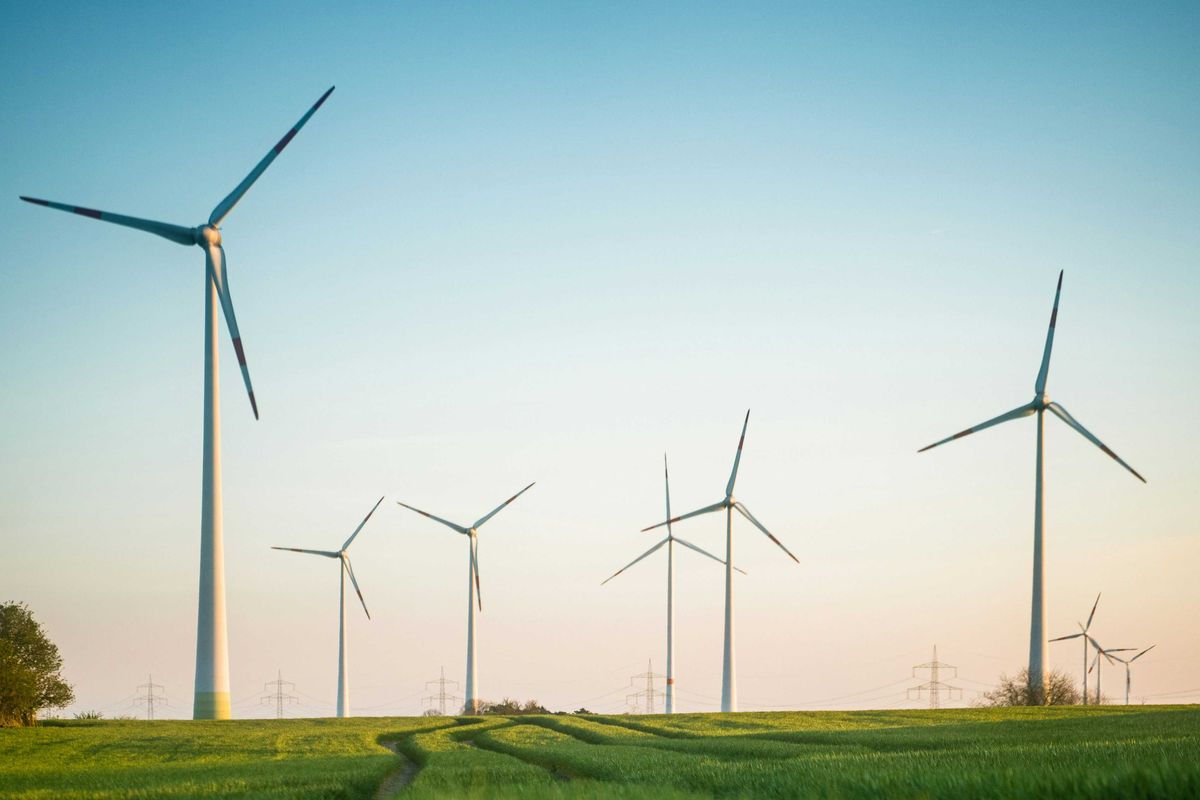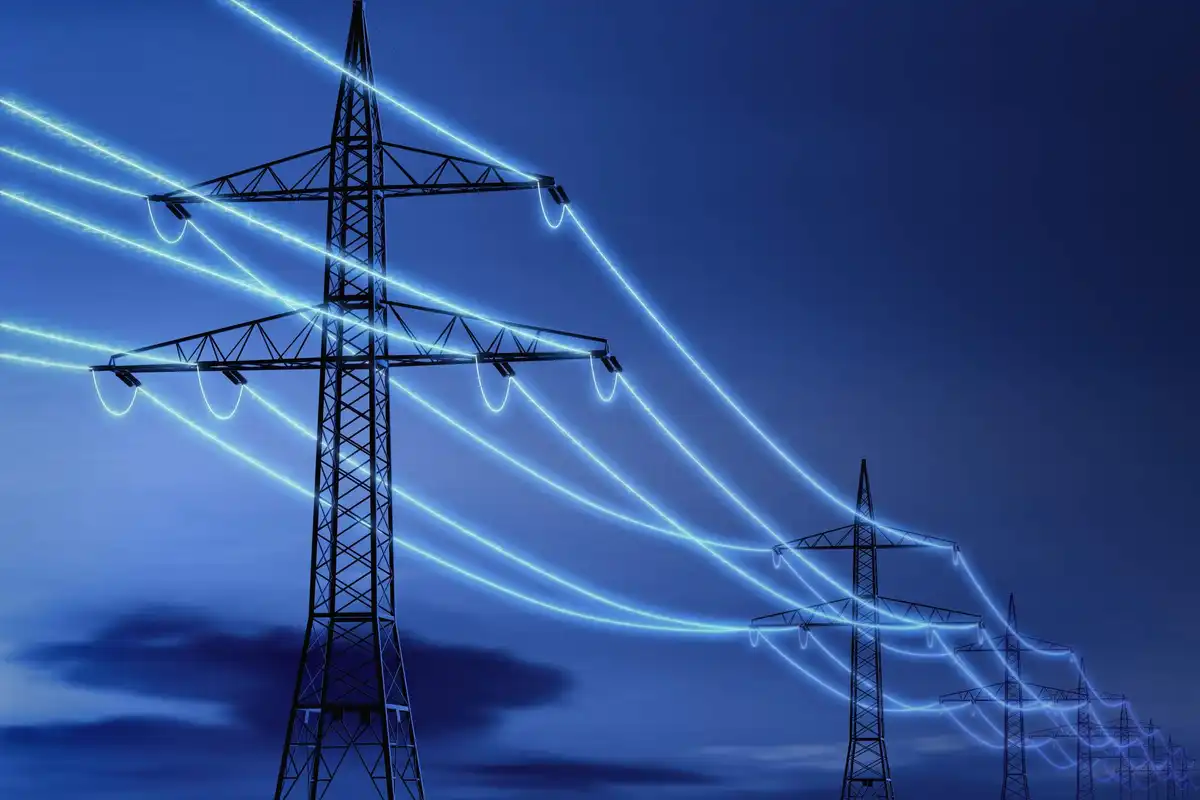Houston cleantech company expands into China with hydrogen energy pilot
going global
Hydrogen-based clean energy technology company HNO International has announced its first foray into the Chinese market.
The company, which is building a state-of-the-art hydrogen production and refueling facility in Katy, has entered into an agreement with renewable energy company Zhuhai Topower New Energy Co., according to a release. This initiative includes a pilot deployment of HNOI’s Scalable Hydrogen Energy Platform, or SHEP, in China.
“Partnering with Zhuhai Topower represents a significant milestone in our mission to expand the global reach of our hydrogen production and refueling solutions,” Don Owens, Chairman and CEO of HNO International, said in the news release.
The collaboration plans to use HNO’s innovative SHEP technology to install hundreds of low-cost modular hydrogen production and refueling infrastructure projects, according to the company. HNO’s SHEP hydrogen energy system is known to require less than 3,000 square feet of space to operate while producing 5,000 kilograms of hydrogen per day.
Both companies plan to set a precedent for scalable and sustainable energy solutions in China.
Zhuhai Topower has investments totaling $340.63 million in new energy holdings for power generation, including a 100-megawatt wind power project and a 50-megawatt photovoltaic power generation project.
“This collaboration not only underscores the versatility of our SHEP technology, but also aligns with our commitment to supporting sustainable energy initiatives worldwide,” Owens added in the news release.








 Air Liquide and Hyundai agreed to expand hydrogen refuelling networks, storage capacity and more at a meeting in Seoul last week. Photo courtesy Air Liquide.
Air Liquide and Hyundai agreed to expand hydrogen refuelling networks, storage capacity and more at a meeting in Seoul last week. Photo courtesy Air Liquide.
